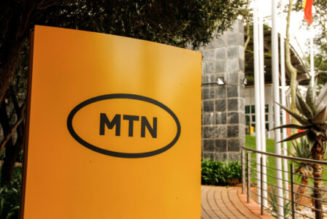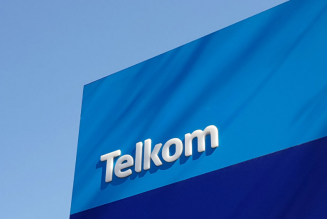Google’s Loon Project and Telkom Kenya have announced that it’s balloon-powered mobile Internet service is now available and covers more than 50,000 sq.km of the country with a fleet of 35 balloons – specific areas include Iten, Eldoret, Baringo, Nakuru, Kakamega, Kisumu, Kisii, Bomet, Kericho and Narok.
According to the companies, this is the first balloon-powered internet to launch in Africa and the first non-emergency commercial deployment in the world.
The Loon service will work by beaming Internet connectivity from ground stations to balloons 20 km overhead. The balloons (floating base stations) are linked to the ground stations that have been connected to Telkom’s network. These ground stations utilise millimeter wave spectrum to send connectivity from the ground to the balloons overhead.
From there, a signal can be sent across multiple balloons, creating a network of floating base stations that will serve a wide coverage area, delivering connectivity directly to a user’s LTE-enabled device, below.
/* custom css */
.tdi_3_199.td-a-rec-img{ text-align: left; }.tdi_3_199.td-a-rec-img img{ margin: 0 auto 0 0; }
In one field testing session in late June, Loon and Telkom registered an uplink speed of 4.74 mbps, a downlink speed of 18.9 mbps and latency of 19 milliseconds (ms). In this and subsequent testing, the service was used for applications such as email, web browsing, data calls e.g via WhatsApp, video calls and YouTube.
“This is an exciting milestone for Internet service provision in Africa and the world, more so that the service will pioneer in Kenya,” says Telkom Kenya’s CEO, Mugo Kibati.
“The Internet-enabled balloons will be able to offer connectivity to the many Kenyans who live in remote regions that are underserved or totally unserved, and as such remain disadvantaged.”
Loon Inc’s CEO, Alistair Westgarth adds “In light of the spread of COVID-19, Telkom and Loon are working as fast as we can to realise service deployment. This will also enable us to support the Kenyan Government’s efforts to manage the current crisis in the short-term and to establish sustainable operations to serve communities in Kenya in the long-term.”
“The Loon service has the capacity to bring about positive impact; connecting targeted communities to emergency services, as well as ensure enhanced and alternative communication options during this time.”
Coming Back to Earth
An important part of deploying the balloons is ensuring their safe and secure journey back to the ground. The successful landing of a balloon begins before it is even launched. In the weeks before a balloon is scheduled to come out of service (decommissioning), Loon and Telkom will work closely with local air traffic control officials and ground partners to finalise this plan and prepare for the actual descent and landing.
Extensive planning goes into securing landing zones, training in-country recovery partners, coordinating with officials on landing and recovery procedures, and developing landing plans to bring a balloon safely to the ground.
All of this preparation allows for a balloon to safely and efficiently land when the time comes.











